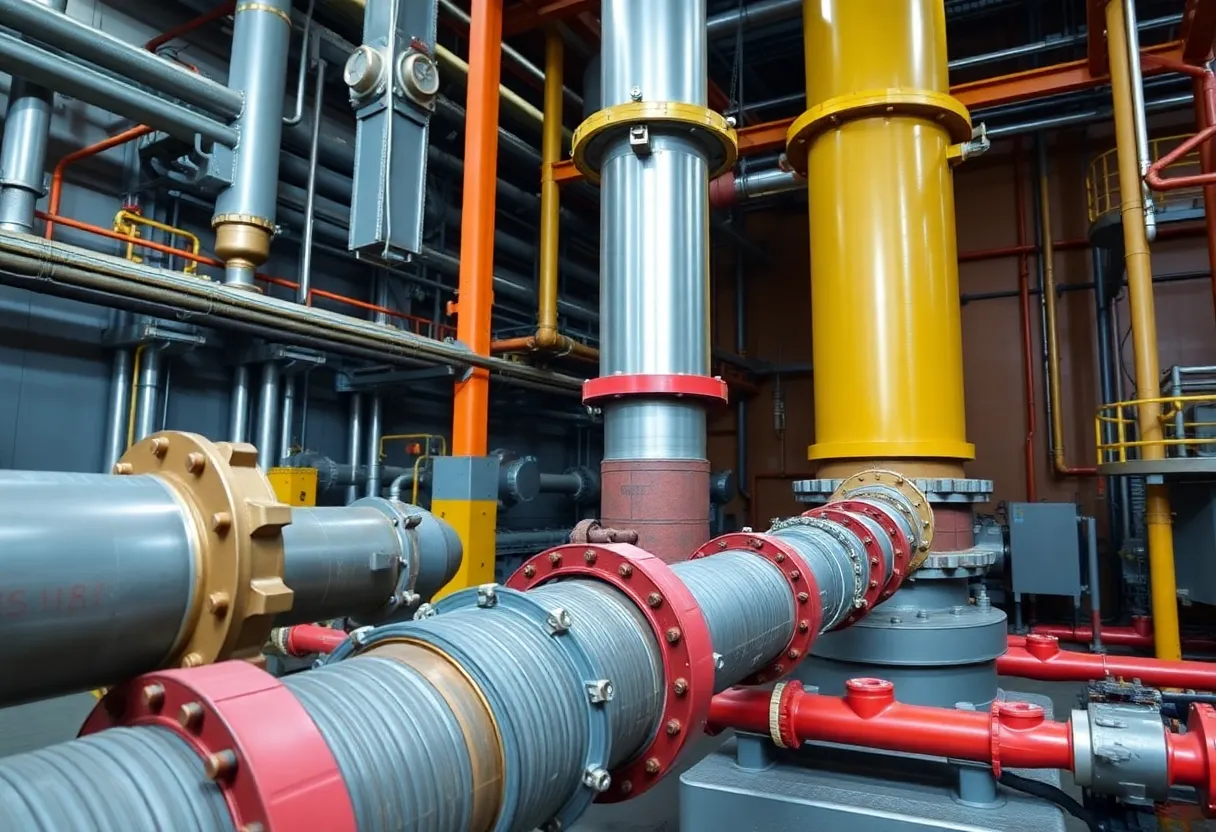Key Features of DTFC Flexible Connections Explained
Flexible connections are integral components in various industries, from manufacturing to renewable energy. The DTFC, or Dynamic Thermal Flexible Connection, represents a significant advancement in the field. This article delves into the key features of DTFC flexible connections, highlighting their applications, benefits, and importance in modern engineering.
Understanding Flexible Connections
Flexible connections are designed to accommodate movement, thermal expansion, and vibrations in piping and electrical systems. They serve as adaptable links connecting different sections while allowing for changes in alignment and size. In industrial applications, such as power plants and refineries, the need for reliable flexible connections is paramount to ensure operational efficiency and safety.
Why Choose DTFC?
The Dynamic Thermal Flexible Connection (DTFC) offers enhanced functionality compared to traditional flexible connections. It is engineered to withstand extreme conditions while maintaining performance. Key features of DTFCs make them an attractive choice for industries that rely heavily on durability and flexibility.
Key Features of DTFC Flexible Connections
1. Enhanced Thermal Stability
DTFCs are designed to handle significant temperature variations without compromising structural integrity. They maintain flexibility and strength even under thermal stress. This thermal stability is crucial for applications where temperature fluctuations are common, such as power generation and petrochemical processing.
2. High Flexibility and Mobility
The flexibility of DTFCs allows for easier installation and maintenance. Unlike rigid connections, DTFCs can accommodate movement and adjustments without requiring extensive modifications. This characteristic is essential in reducing downtime, enhancing operational efficiency.
3. Vibration Damping
Vibration can lead to significant wear and tear on machinery and piping systems. The unique design of DTFCs includes features that effectively absorb and dampen vibrations. This property not only prolongs the lifespan of connected components but also minimizes the risk of operational failures due to excessive vibrations.
4. Corrosion Resistance
Corrosion can undermine the integrity of flexible connections, especially in harsh environments. DTFCs are made from materials designed to resist corrosion, ensuring longevity and reliability. The selection of materials enhances the overall performance in sectors such as chemical processing and offshore drilling.
5. Robust Structural Design
The construction of DTFCs incorporates advanced engineering principles. The robust design ensures the components can handle substantial loads and pressures while maintaining their functionality. This feature is crucial in high-stress environments where traditional connections might fail.
Applications of DTFC Flexible Connections
The applications of DTFC flexible connections span a wide array of industries. Here are some notable use cases:
1. Power Generation
In power plants, DTFCs are vital for connecting turbines and generators. Their ability to withstand thermal expansion and vibrations ensures efficient energy transfer and operational reliability.
2. Oil and Gas Industry
The oil and gas sector relies on DTFCs for pipelines and pumping stations. Their corrosion-resistant properties make them ideal for handling aggressive substances found in this industry.
3. Chemical Processing
DTFCs are commonly used in chemical processing plants where aggressive chemicals present a risk of corrosion. Their flexibility and durability help maintain efficient production processes.
4. HVAC Systems
Heating, ventilation, and air conditioning systems benefit from DTFCs as they manage thermal expansions and vibrations efficiently. This enhances system performance and longevity.
Conclusion
DTFC flexible connections represent a significant advancement in engineering. Their key features—enhanced thermal stability, high flexibility, vibration damping, corrosion resistance, and robust structural design—make them an essential component across various industries. Understanding their significance and applications is critical for optimizing operations, enhancing safety, and prolonging the lifespan of vital systems.








